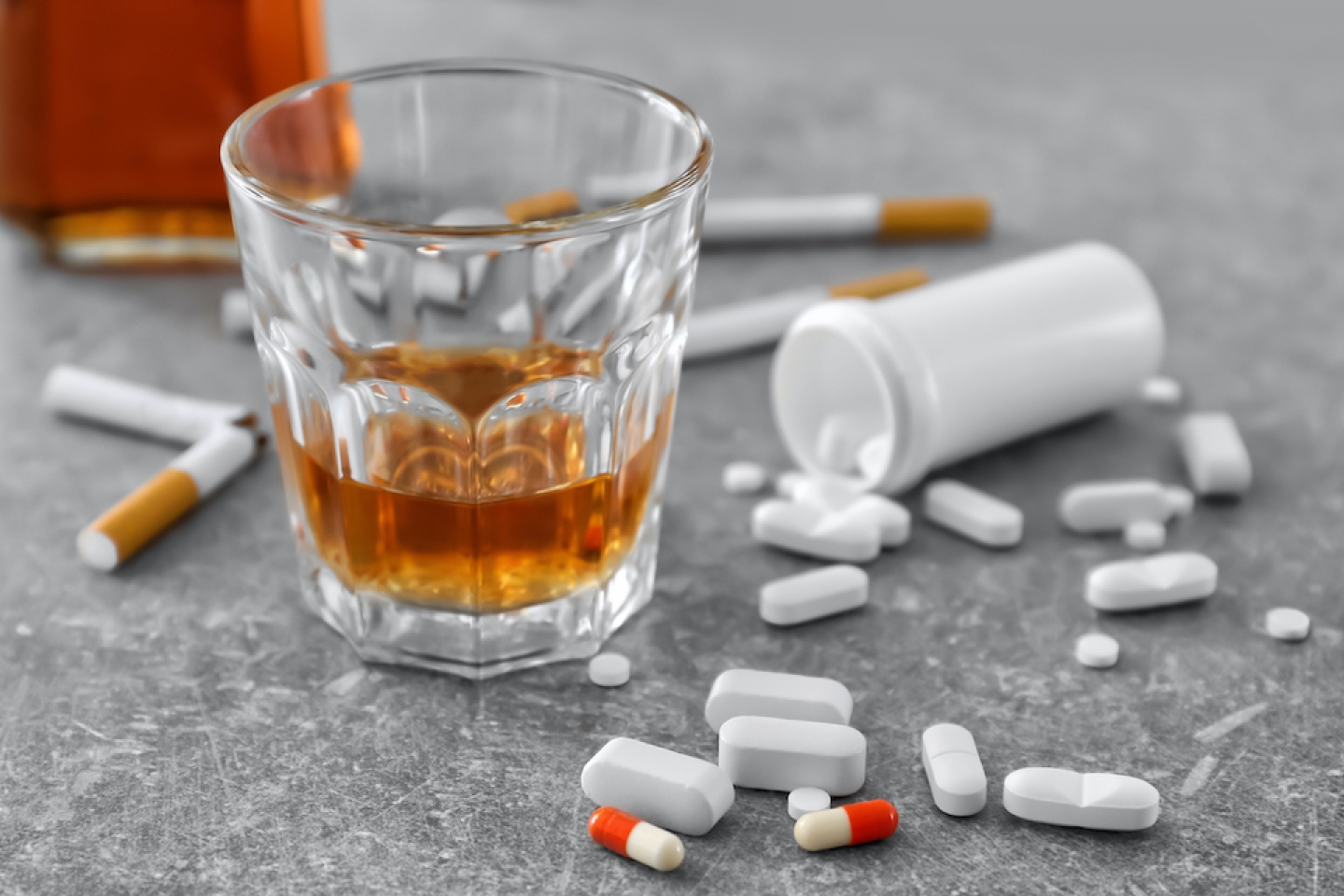
Addiction is a complex problem. Although it may have behavioral or emotional triggers, other factors, including genetics, may make overcoming it especially difficult. The most successful treatments often include medication as well as behavior modification, says, Richard Friedman, M.D., Professor of Clinical Psychiatry and Director of the Psychopharmacology Clinic at Weill Cornell Medicine. “It’s never simply a drug that’s enough to solve the problem of addiction, which involves a whole host of behaviors that are linked up with everyday life,” Dr. Friedman says.
Addiction is a brain-based problem, and there are differences between people who get addicted and those who don’t. “It’s not about character weakness. It’s about genetic biological differences,” Dr. Friedman says.
Medications like opiate blockers (naltrexone) are effective because they deal with the biological process of addiction. They actually can reduce a person’s craving by blocking the receptors in the brain and making it easier to quit using opiates like heroin or Oxycontin.
Yet, medications can’t change the life patterns that draw someone toward drug use. “Drugs like naltrexone can be lifesaving, but they don’t change the associations that you have with this drug,” Dr. Friedman says. “You still have to learn to live your life without the drug. That requires a lot more than just the pill.”
One factor that predisposes people to drug use is having too few dopamine receptors. Dopamine is a neurotransmitter that the body produces, and that affects how we feel pleasure. “Drug use causes a surge in dopamine, and this surge can make people feel euphoric and set them up for addiction,” he says.
Chronic exposure to drugs reduces and desensitizes the brain’s dopamine receptors, which feeds the craving for drugs. “If you have fewer of these receptors, you’re basically walking around in an under-stimulated state,” Dr. Friedman says.
Family history may also contribute to addiction. “There are specific genetic variants that might increase the risk of addiction,” he says. “So, if your parents had an addiction to cocaine, you’re probably at a slightly higher risk.”
Learned behaviors and exposure also play roles in addiction. “Take somebody who’s at low risk, genetically, for addiction and put them in a situation where they have easy access and exposure to drugs, and you will convert them from low risk to high risk,” he says.
Fortunately, the brain can restore itself to a healthy state once drug use stops. “The brain is very plastic and does reset,” Dr. Friedman says. For example, he says, “If you stop using drugs, your dopamine receptors will increase.” Moreover, he adds, “If you take away the drugs and participate in a rehab program, you can actually heal your brain.”
Yet, experiences that are linked to drug use can trigger cravings, even for people who have quit using drugs. “You can't just get rid of the craving. You have to rewire your relationship to experiences to change the link between these cues and the craving,” Dr. Friedman says.
Overcoming drug cravings for the long term requires avoiding the experiences that trigger them, which may call for creating new relationships and gaining support from people who have changed their lives. It also requires commitment to a lifelong sobriety program. “It can take a long time, and sometimes requires a person to suffer a bad consequence,” Dr. Friedman says. “People take a while to develop insight,” he says.
Meditation and support groups, as well as cognitive behavioral therapy provide immense help to many. Learn more about the therapy and behavioral health services offered by our skilled and compassionate psychiatrists, the Midtown Center for Treatment and Research, and the Phoenix Houses of New York.